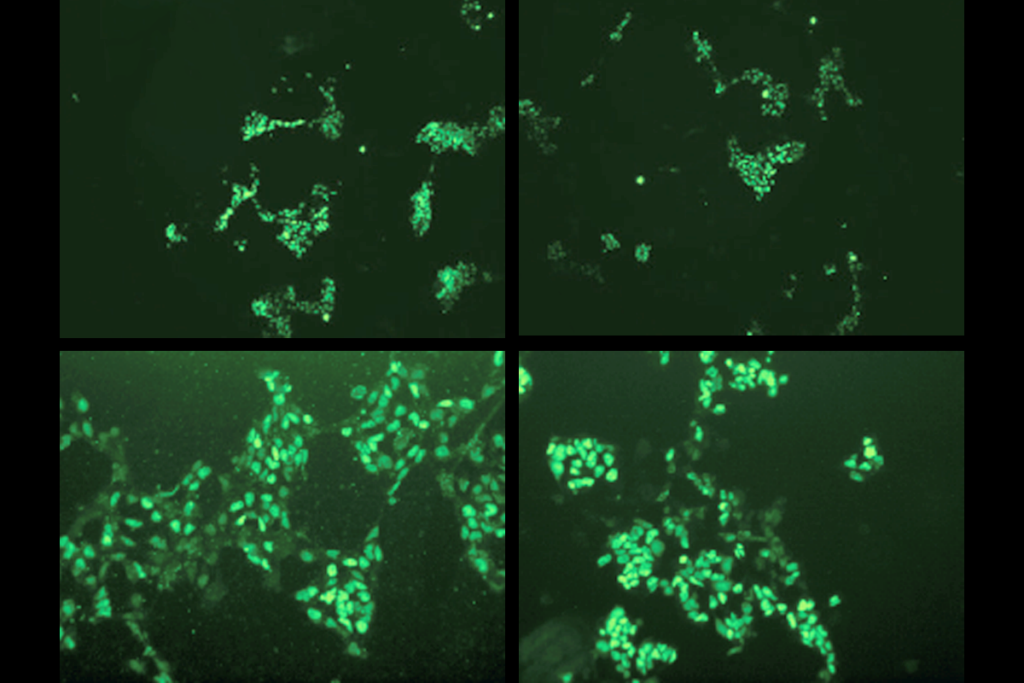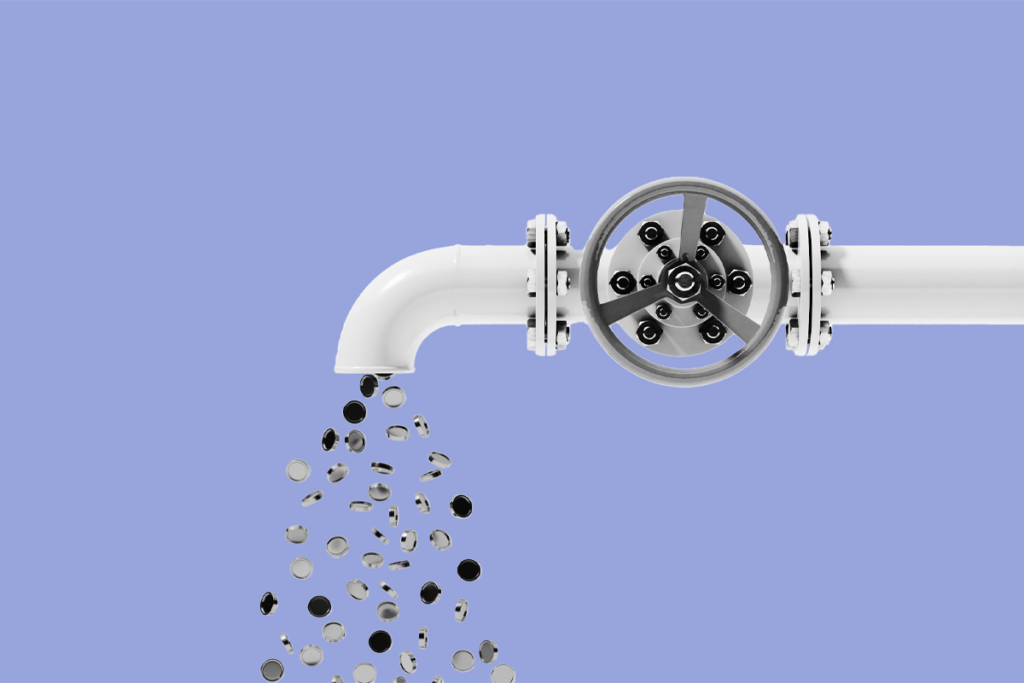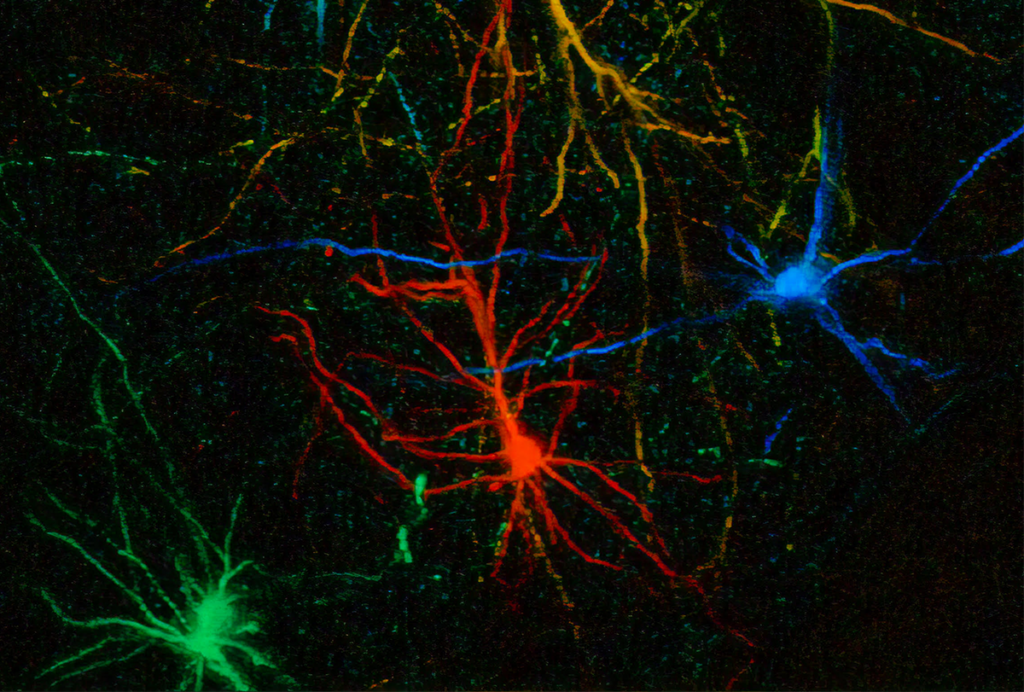New method helps resolve conflicting autism diagnoses
New guidelines aim to help clinicians diagnose autism when standardized diagnostic tests produce mixed results for the same child.
To diagnose autism, clinicians often rely on two standardized diagnostic tests: the Autism Diagnostic Observation Schedule (ADOS) and the Autism Diagnostic Interview-Revised (ADI-R). But the results of these two tests do not always jibe.
Some children who meet the criteria for autism on one don’t cross the threshold for a diagnosis on the other. And clinicians lack evidence-based guidance on how to resolve these discrepancies.
A new method, described 28 October in the Journal of Autism and Developmental Disorders, aims to fill this void. It provides a set of criteria that can reliably classify children who have mixed results.
According to this approach, children with discrepant results on the two tests may still be diagnosed with autism if they meet all ADOS criteria and score above the threshold for an autism diagnosis in at least one of two domains on the ADI-R: social deficits or communication deficits.
The researchers tested the method in 2,600 children ranging in age from 30 to 68 months. The children are part of an ongoing study called the Study to Explore Early Development (SEED), which aims to identify autism risk factors.
The researchers first screened the children for autism using the Social Communication Questionnaire — a parent report of a child’s social and communication skills. They then used a variety of tools, including the ADOS and ADI-R, to evaluate 1,017 children suspected of having the disorder. Using their clinical judgment, they classified 707 children as having autism.
The researchers then looked at how well classification based solely on the new criteria stacked up against their clinical diagnoses. They restricted their analyses to 922 children, including 584 children they had diagnosed with autism, who had the mental ability of at least a 2-year-old child. Of those, 500 children met the new criteria for the disorder. Another 87 children without the disorder also met the criteria, however.
Of the 1,017 children the researchers evaluated overall, 179 showed discordant results on the ADI-R and ADOS. The new criteria correctly classified 96 of the discrepant cases, but incorrectly classified the remaining 83.
The method is certainly no replacement for a comprehensive clinical evaluation that takes into account the results of the ADOS, ADI-R and other sources of information. But the researchers say it may help identify autism in children who lack a clear-cut diagnosis.
Recommended reading

Changes in autism scores across childhood differ between girls and boys

PTEN problems underscore autism connection to excess brain fluid

Autism traits, mental health conditions interact in sex-dependent ways in early development
Explore more from The Transmitter

To make a meaningful contribution to neuroscience, fMRI must break out of its silo

